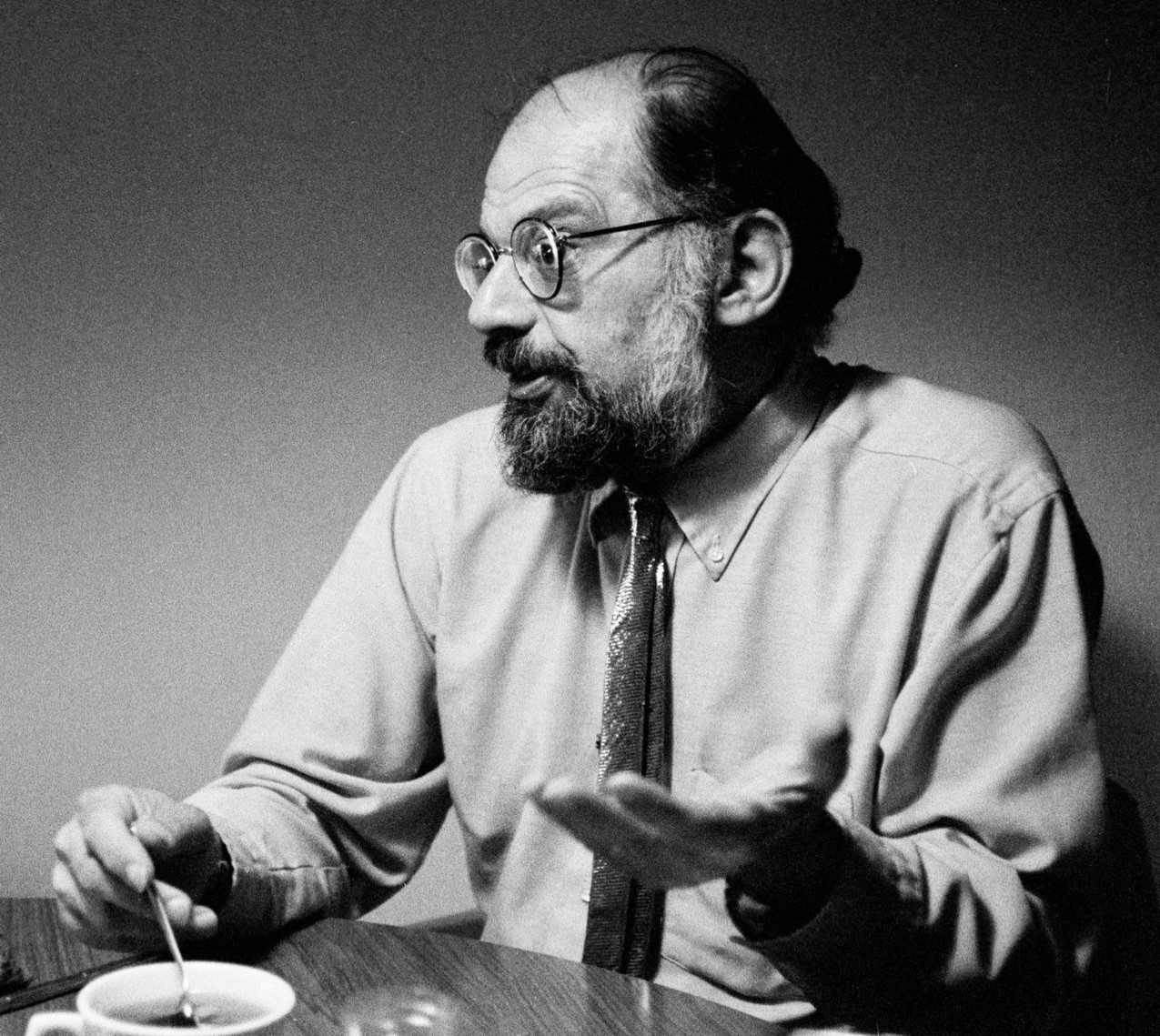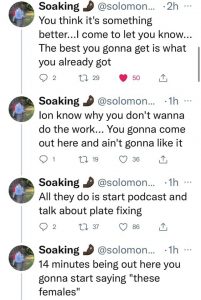Culturewatch
The Past Is A Grotesque Animal
Excerpt from the unpublished novel Dzhokhar Tsarnaev I Love You.
After a few years of silence, R began to receive death threats again from Kaveesha, the Berkeley ultraleftist child of Tamil Tigers. He sent her memes of Mayo jars to remind her she was white. This is just sad, R said. If he were getting to some real deep cruel shit, I would be into it. (She was an extreme emotional masochist).
********************
Then he started sending her love poems by Faiz Ahmad Faiz. He didn’t stop sending her death threats. She asked me to write a response to his ludicrous, dangerous, manic emails. I told her my days of ghostwriting for her were over. (No more eulogies, elegies, birthday wishes, love letters, etc. You’ll have to write your own suicide note, I told her. We all have to write our own suicide notes, at the end of the day.)
Things Seldom Turn Out for the Best: Three Rounds With Edward Gorey
man in feathered fedora, mirrored shades
shopping cart of empty bottles and dreams.
pieces of morning punctuate each look’s
recognition/incorporation/ingestion
chemicals for better living.
great grey beard, great grey coat dripping,
to mid-calf, above which, incidentally, cut-off shorts.
They had arrived early for the reading.
“This review is driving me crazy,” Goshkin said, pen poised above manuscript draft.
“Oh,” Ruth looked up from her Kate Atkinson.
They sat at their favorite table, she facing the espresso machine and Goshkin a floor-to-ceiling window. Sometimes passing people seemed poems and sometimes performers entering and exiting within an existing-for-an-instant play. He would have meditated, but when a piece was percolating, his mind reformed sentences and weighed ideas.
Do the Wrong Thing
As though, for the first time I saw my country
And, with a pang of recognition, knew
It is all mine and nothing can divide us
It is my soul, it is my body, too
Iris Dement, “From An Airplane”
Everyone’s lost their damn minds. Americans stalk their local chain stores or Arby’s—once thought neutral ground—with an insatiable need to talk politics. Usually in the most asinine and conspiratorial ways.
Hormones
I (Lust)
Shut up kiss me hold me tight
C was from Montreal and she was married to a pretty famous UFC fighter who was training at a big gym in San Jose for an important fight in Vegas. We met on a kink app used mainly by radical queers (or at least queers who like weird sex) and vampiric married couples at the very end of their rope, looking to stave off the apocalypse of the bourgeoisie, or at least to eroticize it.
Hunter Gets Captured by the Game
Hunter Harris: “Me after spending a week thinking about the fallout from Nicki Minaj’s cousin’s cheating ass friend’s swollen balls”: 
Woke Curators & “Wake, Siren”
Celeste Dupuy-Spencer responds below to a comment prompted by last season’s Alice Neel show at the Met:
“There was a really odd wokey line in an explanatory side-bar to one painting of a black woman who helped Neel around the house. The portrait was of this woman with her infant son…– One of dozens Neel did of moms…and neighborhood people – Anyway – the curators hinted that the picture evoked a certain exploitative relation…- Maybe… but that surely wasn’t obvious…– And I thought to myself – this painter had NO money for decades – no studio EVER… – and lived in hoods the Met curators would never have set foot in…So their tut tuts seems FUCT to me!”
Tiemann Place to Hyde Park (Rites in Sun and Shadow)
Thanks to Columbia U’s expansion, a chump can now get a chi chi egg/sausage McMuffin for $10 in my hood. That bad deal goes down at Butterfunk Biscuit Co—one of four mini-restaurants in the deeply unfunky “Manhattanville Food Market” located on the first floor of a building in CU’s sterile new STEM complex just above 125th St. Don’t this…

make you want to go home to a Pre-Columbian West Harlem?
Christone “Kingfish” Ingram: Straight Out of Clarksdale
Two tracks off Ingram’s 2021 CD, 662:
unCritical Race Theory: The Delta Variant of the Mind
As the immoral philosophers Plant & Page once wrote (something close to) “you need schoolin’; baby, I’m not fooling,”
You Don’t Co-Own Me
When Mr. Cuomo entered the Upper West Side bar, he walked toward me and greeted me with a strong bear hug while lowering one hand to firmly grab and squeeze the cheek of my buttock.
‘I can do this now that you’re no longer my boss,’ he said.
Jules Chametzky R.I.P.
This obituary was jointly written by the Chametzky family et al.
Jules Chametzky, a Jewish boy from Brooklyn who drew on his background in multi-ethnic 20th century New York to fashion a scholarly and civic career that spanned seven decades and two continents, died Thursday September 23 in Amherst, Massachusetts, to which he had moved in 1958. He was 93.
Ginsberg’s Legacy
What follows is a chapter from Out of Brownsville: Encounters with Nobel Laureates and Other Jewish Writers (2012). (Paperback edition available from University of Massachusetts Press.) You can read other chapters from the late Jules Chametzky’s memoir here and here.
When I saw Jules for the last time in August, he agreed this piece belonged in First too. Jules was a close reader of this magazine from the beginning, but his attentions never devolved into mindless fanship. A few months back when I went with a slim batch of posts, he let me know (through his son Robbie, who’s been my friend since childhood) that I needed to get on the stick. His straight talk gave more snap to his praise (which could be unstinting).
Jules was no macho but he wasn’t meechy. I’m reminded of a story he told a couple years ago about a party at my parents’ house in the late 50s. Jules bumped into a lordly Amherst English professor there named G. Armour Craig (who was a headache for my own dad until he got tenure at Amherst). Craig asked Jules what he’d be teaching in the upcoming semester. After Jules replied, Craig tried for a high anti-Semitic irony: “Shakespeare taught by Chametzky.” Jules told my dad to keep that bastard away from him or he’d knock him into the Anglosphere. B.D.
Ginsberg Listening

Every time I saw Allen Ginsberg, he picked up our conversation where we’d left it last time, no matter how much time had intervened.
Left of the Left: Sam Dolgoff’s Life and Times
What follows here—after this introduction—are excerpts from Left of the Left, Anatole Dolgoff’s memoir of his father, Sam, who was a large figure on the margins of American life in the last century. Dolgoff embodied an ideal once celebrated on the American left. He was…
a worker-intellectual—someone who toils with his hands all his life and meanwhile develops his mind and deepens his knowledge and contributes mightily to progress and decency in the society around him.
Uncertain Trombone
Hopefully final covid update:
I realized earlier this week that I’m nothing but grief these days. I think some of my loved ones already knew and that’s why it seemed like they were looking at me funny. There’s the grief of doing everything I was told for eighteen months and getting covid anyway. There’s the grief of so many people’s first question being not “how are you?” but “how did you get it?” (Licking doorknobs and vents at an orgy, of course—there, now do you feel safe that it can never happen to you?)
Reconsider Baby
Dell Curry is divorcing his wife of 30+ years and this man aims to help (“Do you like Tumeric??? Charcoal Ice Cream??? You better learn to like it.”)

